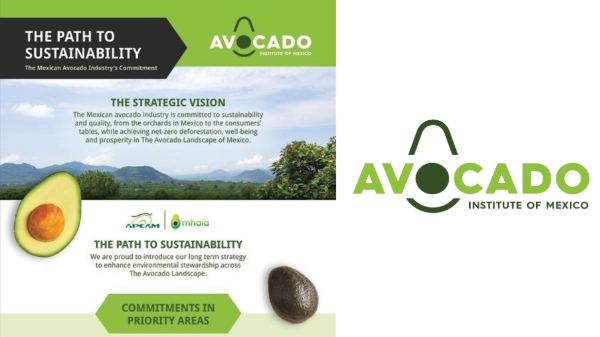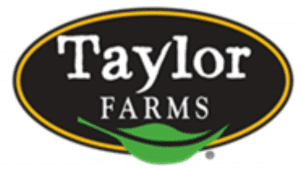Welcome to Blue Book!
Are you ready to join the thousands of companies who rely on Blue Book to drive smarter decisions? View our plans and get started today!
Still have questions? We’d love to show you what Blue Book can do for you. Drop us a line– we’ve been waiting for you.
In The Hand
Handheld mobile computing is no longer a technology of the future, it is here and it is everywhere. Wireless signals may not reach all growing fields, but it is just a matter of time. Further, many devices have capabilities that can be used even without the Internet.
A number of apps are already helping improve field productivity, such as using wireless devices to streamline the application of case tags. “Case tagging at the cooler once product is received can be very inefficient,” explains Heather Hammack, director of sales and marketing at Famous Software, LLC in Fresno. “By tagging in the field, growers can track all of the necessary information required for their product such as country of origin labeling, as well as compliance with Produce Traceability Initiative requirements.” The technology also has the potential to deliver a variety of information including field location, whether a commodity has been packed, is en route to the cooler, or waiting for a truck.
Growers with iPads can use an app called “Inspector” to perform produce inspections and capture photos, says Mike Dodson, president of Lotpath, Inc. in Fresno. “Real-time visibility,” Dodson says, “helps produce companies make better harvest, pack, and sales decisions.”
RJO Produce Marketing created its own app, Bird Dog Quality (because field inspectors are often called ‘bird dogs’) for handhelds and tablets. Before the app, O’Rourke says company inspectors “would go out, take pictures of product, take notes, and when they came back to the office, they would fill in forms for a couple of hours, matching up the pictures to the forms. We would then send [the forms] to our staff, who in turn would forward them to our customers,” he says. “Now they can have all those attributes in the app,” he notes. If connectivity is an issue, O’Rourke says inspectors can use the app, store the information, and send it later.
Wearable computers like Google Glass, a smartphone in an eyeglass form, also hold promise for field use. O’Rourke and RJO have been testing the glasses as another way of using the Bird Dog app to take photos and transmit information.
Powell envisions using Google Glass for harvest crews, “where you could manage your food safety program remotely and watch what people are doing as they are harvesting the crop. Some of this technology is going to be really helpful in the food safety area.”
In The Future
Like Google Glass, use of some of the more exciting new technologies is still in the future. An example is UAVs (unmanned aerial vehicles), which have proven capabilities but are not in widespread use due to strict federal limitations. As of December 2013, however, the U.S. Federal Aviation Administration (FAA) selected six sites in Alaska, Nevada, New York, North Dakota, Texas, and Virginia for official testing.








